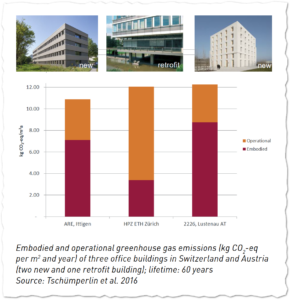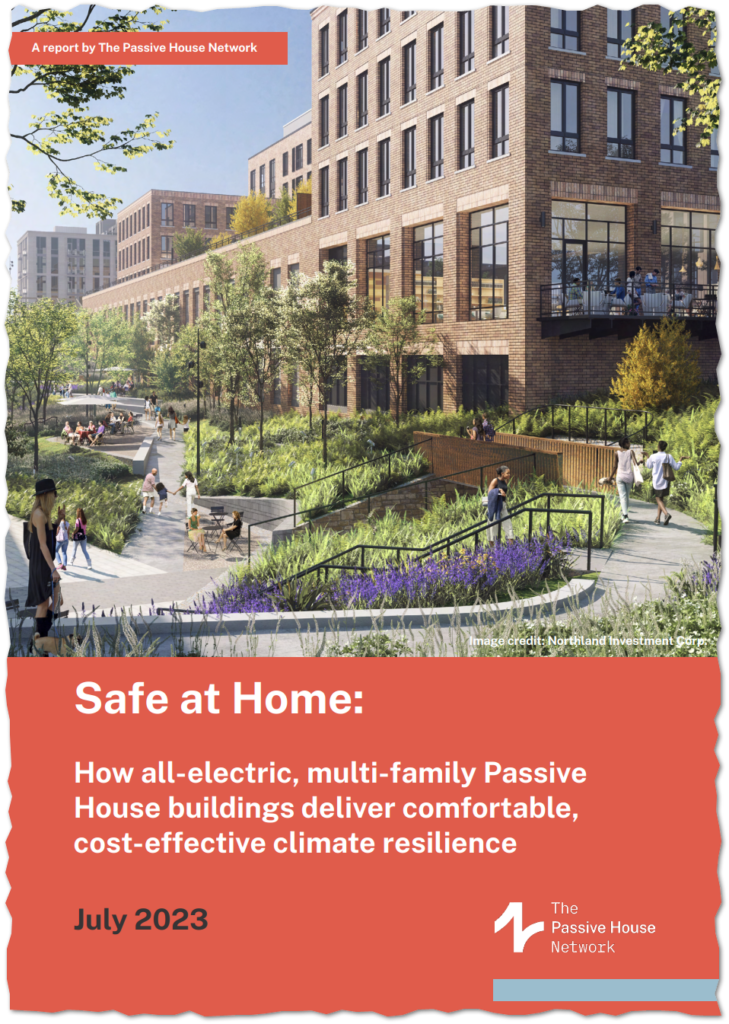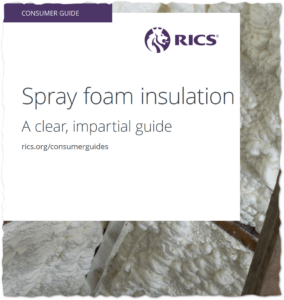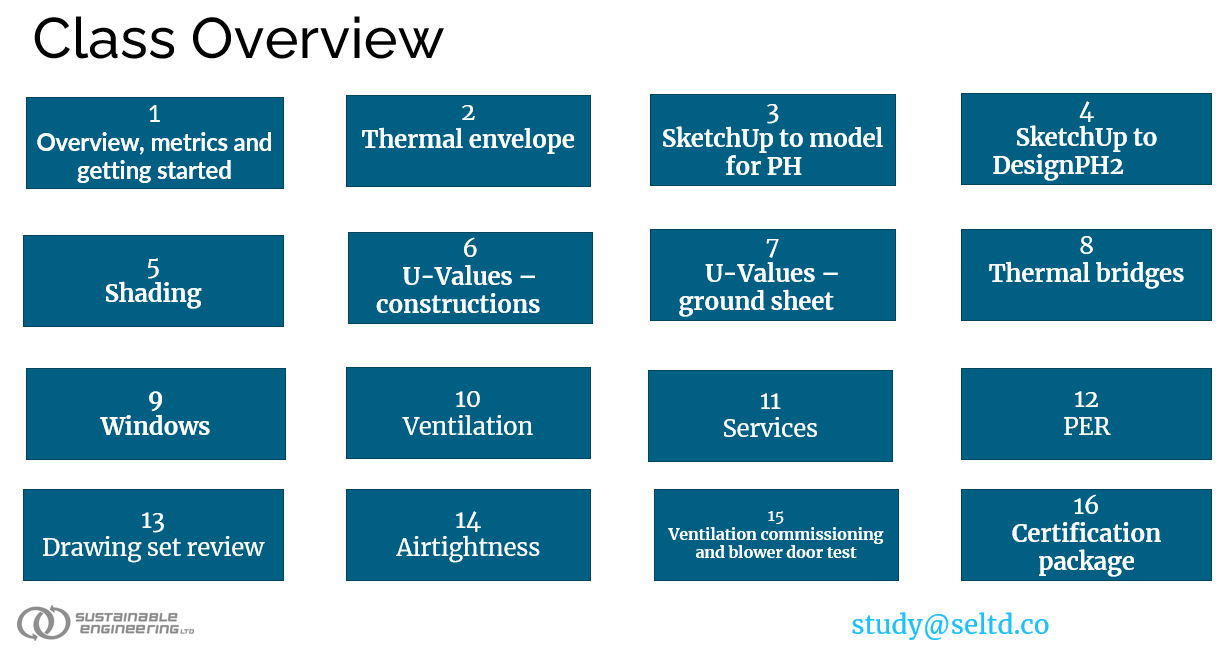New Zealand needs more Passive Houses—and other buildings heading in that high-performance direction. That requires more confident and skilled Passive House designers. Sustainable Engineering last year launched a new training course, designed to make the Passive House design process more practical, predictable and straightforward for the designer, architect, builder and client. The course was very well-received and now it’s back, …
Detailed LCA resource available

The Buildings and Communities Programme (EBC*) has just published a huge resource of LCA work focused on buildings in Europe. The focus of the research are heavyweight buildings powered by a grid that is less clean than New Zealand’s. I’m not sure how New Zealand’s metrics for embodied carbon emissions across the different stock levels will be set. It becomes …
MVHR inlet/extract positions

There’s some new advice available about locating the air inlets and exhausts in MVHR systems. If you’re a Passive House designer or otherwise involved in high-performance building, it’s important to keep up with the technical changes, as best you can. ASHRAE’s latest publication* has pulled together research and studies (including CFD work) in order to offer advice on the location …
TFA or CFA? The difference matters

Anyone who notices there are fewer biscuits in a packet that is outwardly the same size has encountered shrinkflation. Same price, but nine chocolate biccies instead of 11 means 18% less treats for your money. It’s not lying but it is confusing. We’ve got to watch out for shrinkflation in relation to building performance. A Passive House designer recently claimed …
Understand thermal implications of underfloor heating

Embedded under-floor heating is a luxurious way of keeping a house warm. You may encounter clients who hate heat pumps and who aren’t deterred by the cost of under-floor heating. But there’s some implications for a high-performance design that architects/designers must be aware of. Passive House buildings by definition have a very low heating demand. Heating the slab is an …
Growth in multi-family Passive House buildings in North America

The PHI-aligned Passive House Network has released a detailed and inspiring guide to the costs and benefits of multi-family Passive House buildings. It draws on data from New York and Massachusetts, two US states that have been early adopters. It’s a free download and worth your time. It contains detailed information about the minimal cost premium required to build to …
A logical staircase to build PH design skills

Seaward House, a newly certified Passive House on Auckland’s waterfront, is a fantastic example of how architects can build their skills in high-performance design in effective, methodical ways. The architect entrusted with this ambitious project was Marc Lithgow from Space Division. First, he chose to bring in Passive House experts to do the PH design, doubtless learning a whole lot …
Thermal bridge calc error rate is way too high

I estimate nearly half the thermal bridge calculations we see during pre-construction review are wrong. Newly minted Passive House designers and consultants are not wholly responsible. The Sustainable Engineering Ltd team is finding errors in the maths provided by experienced designers too. Lifting skills and confidence in thermal bridge modelling—and slashing that error percentage—is our motivation for organising an online …
Q&A: Is spray foam insulation a good idea?

Q. What’s your opinion about spray foam insulation for New Zealand homes? A. Spray foam can be used with good results if properly designed and installed well—but a successful outcome requires both of these or a lot of luck. In the UK, there have been enough problems with bad installations of spray foam in retrofitted roof insulation that it impacts …
